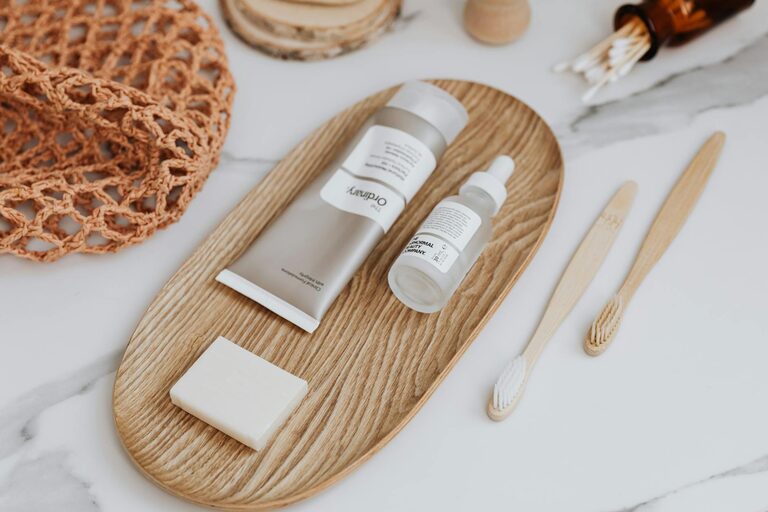Composting at home is a great way to reduce waste, enrich your garden soil, and contribute to a healthier environment. If you’re new to composting, it can seem a bit overwhelming at first, but with a few simple tips, you’ll be turning your kitchen scraps and yard waste into valuable compost in no time. This guide will walk you through the basics of home composting and provide practical advice for beginners.
What Is Composting?
Composting is the natural process of recycling organic matter, such as food scraps and yard waste, into a rich soil amendment called compost. This material improves soil health by adding nutrients and helping retain moisture. Composting reduces the amount of waste sent to landfills and lowers greenhouse gas emissions.
Benefits of Composting at Home
– Reduces your household waste: Composting diverts food scraps and yard trimmings from the trash.
– Improves garden soil: Compost adds nutrients and beneficial microbes to your soil.
– Saves money: Reduce the need to buy chemical fertilizers.
– Supports the environment: Helps reduce landfill waste and enriches the earth naturally.
Getting Started: Choose the Right Composting Method
1. Compost Bin or Pile?
You can compost in a designated bin or simply create a pile in your backyard.
– Compost bin: A contained option that looks tidier and can help deter pests. Bins come in various sizes and materials.
– Compost pile: Less structured, requires more space, but works well if you have a large yard.
2. Location Matters
Place your compost bin or pile in a well-drained, partly shaded area. It should be easily accessible from your kitchen and garden. Avoid extreme sun or shade, which can dry out or slow down the composting process.
What to Compost: The Right Ingredients
Effective composting requires balancing green and brown materials.
Green Materials (Nitrogen-Rich)
– Fruit and vegetable scraps
– Coffee grounds and filters
– Fresh grass clippings
– Tea bags (without synthetic materials)
– Eggshells (crushed)
Brown Materials (Carbon-Rich)
– Dry leaves
– Straw or hay
– Shredded paper or cardboard
– Small branches or twigs
– Sawdust (untreated wood)
Things to Avoid
– Meat, dairy, and oily foods (can attract pests)
– Diseased plants
– Pet waste
– Chemically treated wood or plants
Step-by-Step Guide to Composting at Home
Step 1: Gather Ingredients
Collect your green and brown materials separately. Kitchen scraps can be stored in a small container or compost caddy before adding them to your compost area.
Step 2: Build Your Compost Pile or Fill the Bin
Start with a layer of coarse brown materials (like twigs) to help with drainage. Then alternate layers of greens and browns. Aim for a ratio of about 2 to 3 parts brown to 1 part green.
Step 3: Maintain Moisture
Your compost should be about as damp as a wrung-out sponge. If it’s too dry, add water or more green materials. If it’s too wet and smells bad, add more brown materials and turn the pile.
Step 4: Turn the Pile Regularly
Use a garden fork or shovel to mix your compost every 1-2 weeks. Turning aerates the pile and speeds up decomposition. If you don’t turn regularly, decomposition will still occur but more slowly.
Step 5: Monitor the Progress
Within a few months, you’ll notice the compost breaking down into a dark, crumbly material that smells like earth. This means your compost is ready to use.
Troubleshooting Common Composting Problems
– Bad odors: Usually caused by too much green material or poor aeration. Add browns and turn the pile.
– Pile too dry: Add water and greens.
– Pile too wet: Add brown materials and turn to improve airflow.
– Pests: Avoid adding meat, dairy, or oily foods. Use a closed bin or cover food scraps with browns.
Using Your Finished Compost
Once your compost is dark, crumbly, and doesn’t smell like rotting food, it’s ready to use.
– Mix into garden beds to improve soil texture and fertility.
– Use as mulch around plants to retain moisture.
– Add to potted plants to enrich potting mix.
Tips for Success
– Chop or shred larger materials to speed up breakdown.
– Keep your compost moist and aerated.
– Be patient—composting takes time but is worth the wait.
– Experiment with different composting methods and materials to see what works best for your home.
Conclusion
Starting to compost at home doesn’t require special equipment or a lot of space. With a bit of attention and care, you can turn everyday kitchen scraps and yard waste into nutrient-rich compost that benefits your garden and the environment. Use these beginner tips to create your own composting system and enjoy the satisfaction of contributing to a greener lifestyle.
Happy composting!

